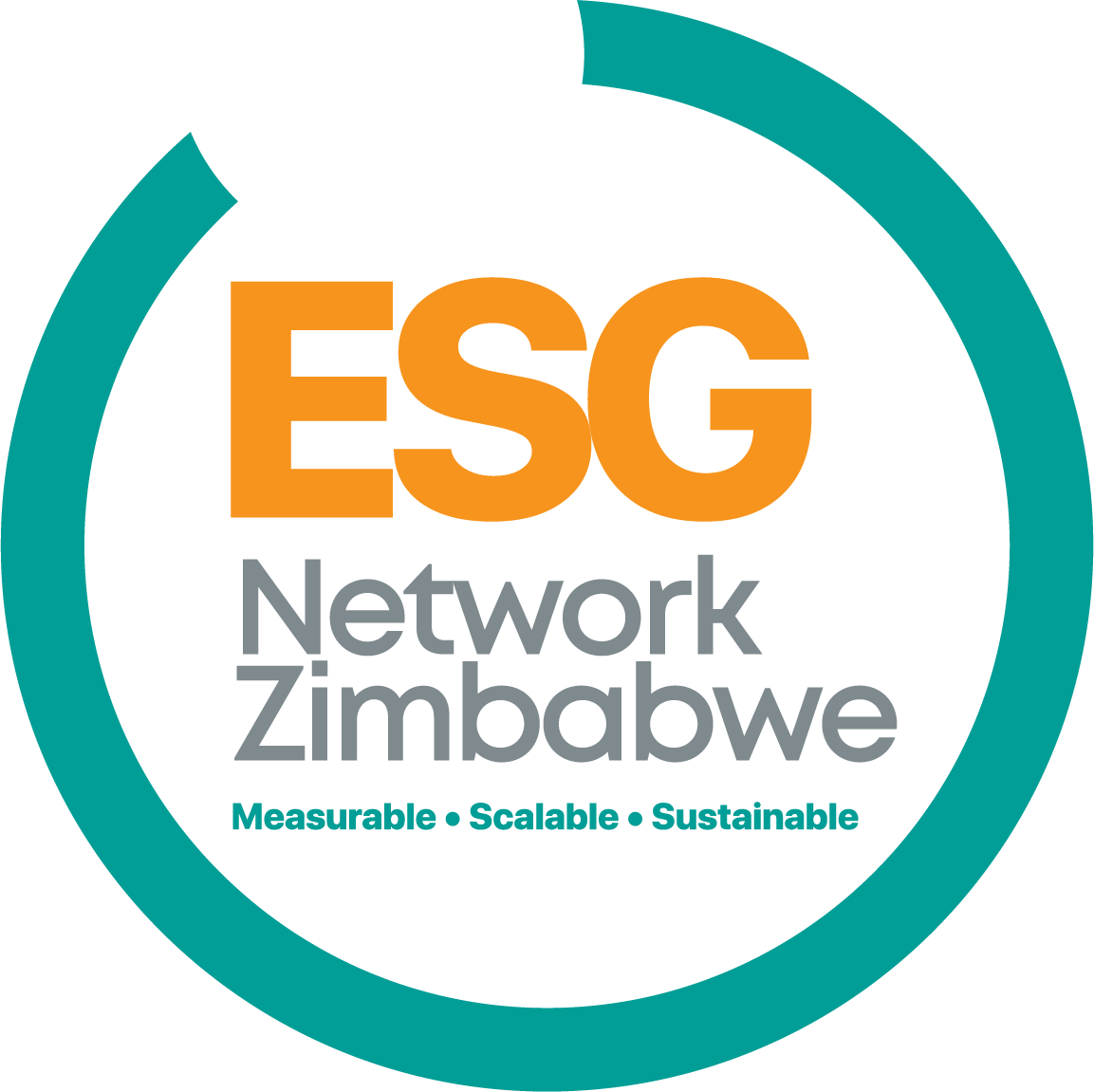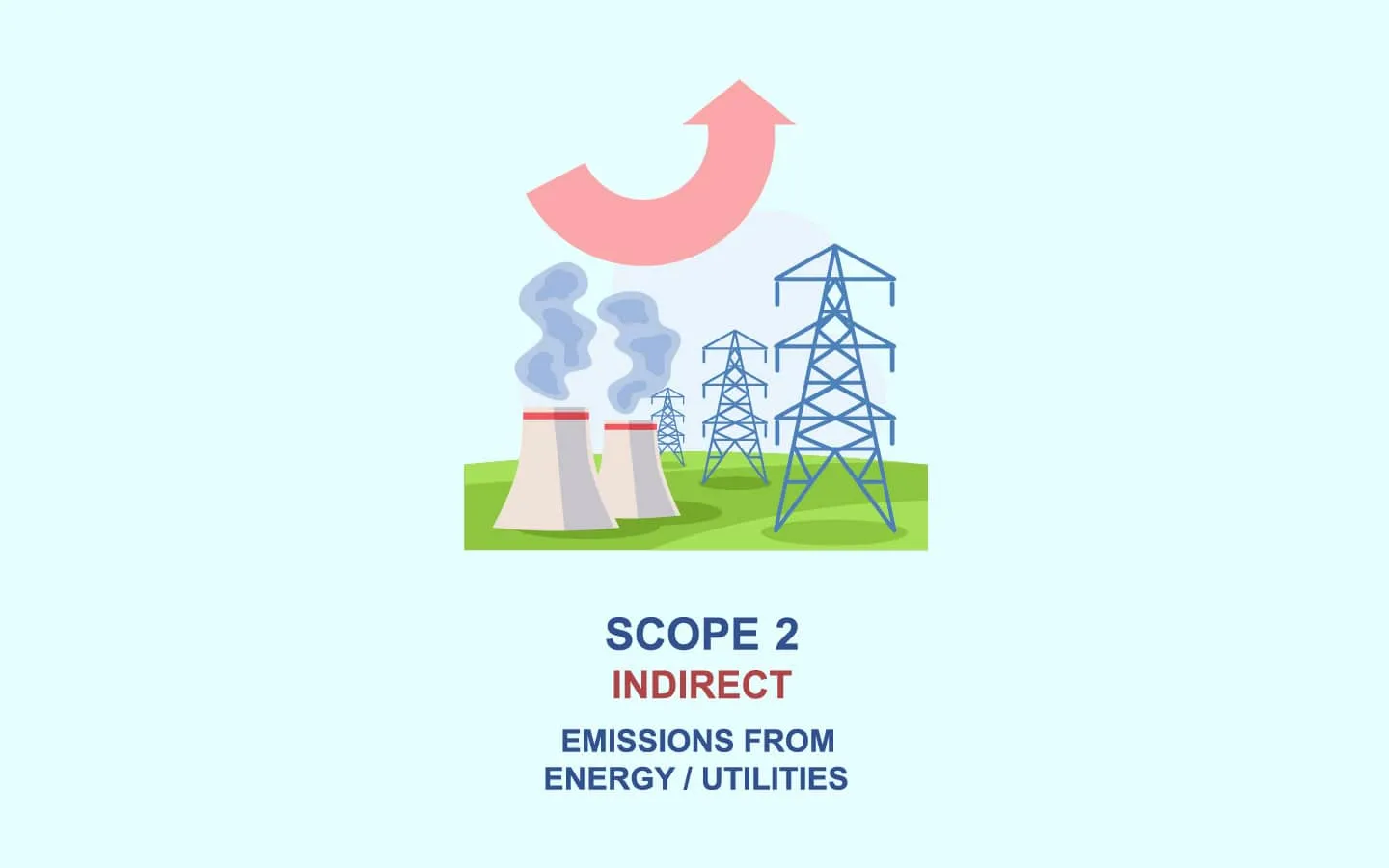Understanding and managing Scope 2 emissions is crucial. In this article, we’ll delve into the world of Scope 2 emissions, exploring what they are, how to calculate them, and strategies for reduction.
What are Scope 2 Emissions?
Scope 2 emissions refer to indirect greenhouse gas (GHG) emissions from the purchase and use of electricity, steam, heat, or cooling. These emissions are typically generated by the production and transmission of energy, rather than by the organization’s direct operations.
Scope 2 Emissions Sources
- Purchased Electricity: Emissions from the generation and transmission of electricity purchased from the grid.
- Steam, Heat, and Cooling: Emissions from the production and distribution of steam, heat, and cooling purchased from third-party providers.
Calculating Scope 2 Emissions
To calculate Scope 2 emissions, organizations typically follow these steps:
- Determine Energy Consumption: Measure the amount of electricity, steam, heat, and cooling purchased.
- Gather Emissions Factors: Obtain emissions factors for the relevant energy sources, such as the grid electricity emissions factor.
- Calculate Emissions: Multiply the energy consumption by the emissions factor to calculate the total Scope 2 emissions.
Reducing Scope 2 Emissions
To reduce Scope 2 emissions, organizations can:
- Switch to Renewable Energy: Transition to renewable energy sources, such as wind or solar power.
- Improve Energy Efficiency: Implement energy-efficient technologies and practices to reduce energy consumption.
- Purchase Green Power: Buy green power or renewable energy certificates (RECs) to offset emissions.
- Invest in On-Site Renewables: Install on-site renewable energy systems, such as solar panels or wind turbines.
Reporting and Disclosure
Organizations typically report their Scope 2 emissions in their annual sustainability reports, corporate social responsibility (CSR) reports, or through reporting frameworks like the Global Reporting Initiative (GRI) or the Carbon Disclosure Project (CDP).
Conclusion
Understanding and managing Scope 2 emissions is crucial for organizations seeking to reduce their environmental impact. By calculating and reporting Scope 2 emissions, organizations can identify opportunities for reduction and take steps to mitigate their emissions.
Call to Action:
We encourage you to take the first step in managing your Scope 2 emissions. Assess your organization’s emissions sources, and identify opportunities for reduction. Share your sustainability journey with us, and we’ll feature your success story in a future edition of our newsletter.
Stay Connected:
Thank you for joining us on this sustainability journey. Stay connected with us for more insights, best practices, and regulatory updates.
Please contact us at on admin@esgnetworkzimbabwe.co.zw, or simply call us on 0774768895/ +263882900740.
Follow us on social media to stay updated on the latest ESG news, events, and resources





